This episode features a talk with Director Munehiro Koyanagi. One of a Director’s duties is to lead the development team. How does someone in Munehiro’s position communicate to get his ideas across to his team members?
We asked him what he goes through his mind as a game Director, as well as how working on games has changed the way he works. If you’re worried about how you can communicate your ideas to those around you, there might be some hints in this article, so give it a read!
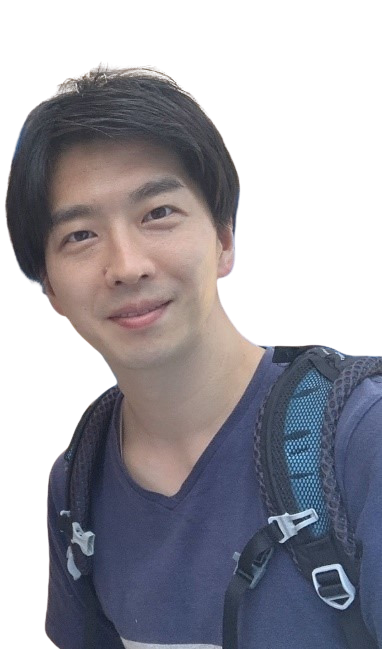
Munehiro Koyanagi, Director
Affiliation: Studio 2, Production 1
―――Could you briefly tell us about your department and what you do for work?
I work as a Director for Production 1 of Studio 2. I’ve been involved in games that span a variety of genres, but I’ve been working on a completely new game recently. That said, the job of a Director is to have a strong vision of the game that’s being made, and lead the team to the game’s completion, regardless of genre.
How much authority the Director has over a project changes depending on how the project is being run. At my current post, I get to think about how the game is played, what elements should be added to the gameplay, and what kind of game the finished product is going to be. My job as Director is to share my ideas on these things with the people within the project.
For example, when we talk about what characters to put into the game, I give input on the character’s traits and their visuals. At the same time, there are role-specific Directors that work under the general Director for the various professions. For example, there’s a Director that oversees the visual artists, who gets to decide the character’s appearances, how shadows fall, how much deformation should be used in the design, and other details.
So the Director shows the overall direction and the Directors for each profession communicates that to the production staff.
―――How do you choose when a profession Director gives you Plans A and B, and both of them look good?
We don’t really go off-track since we start with the concept for the type of game we want to make. Sometimes, the publisher or Producer get the final say in a project, but for me, I often make my choices based on what matches the game’s concept better, or what would make the game more fun.
Of course, we might have difficulty tuning our choice and we might not even reach a decision. We have to rely on personal preferences when that happens. For what it’s worth, the Director gets to see the game from a comprehensive perspective, including what other individual developers don’t get to see. So decisions need to be made keeping in mind what’s best for the project as a whole.
―――When making a game that’s part of a series, I’m sure you have to balance keeping to series traditions while introducing new elements to the game. What’s your approach to this?
When the game is being directed by a non-BNS Director, they give us a pretty clear vision of what they want, so there’s not much to worry about and I can make these choices and adjust our ideas within my own capacity.
For BNS games with strong worldbuilding, there are parts that players come to expect with each release, so we put the most care into identifying the kind of content players want from the series. From that, we then think about and choose what we should add to the new game to surprise players and make the game better overall.
―――When leading a team, you probably have to think about bringing out the best in each team member. Do you have any insight to share on teambuilding?
Hmm, this is something I’m in the process of figuring out through trial and error. A team member’s involvement in a game changes depending on the scale of the project. We had less than 50 people in the project I last worked on, so it was easy for everyone to communicate with each other.
I have a harder time communicating with each individual team member for projects that have over 100 people. This is why the profession Directors and Leaders for each part put extra effort into communication so we can all get an idea of what’s happening across the entire project.
Speaking of which, there was a problem with insufficient communication when everyone first started working from home. We tried increasing the number of online meetings to make up for the lack of face-to-face, but then most of our day was taken up with these meetings and the time we had for development work became less and less. Most projects probably ran into the same issue. We put effort into keeping each other updated with more frequent messages and keeping meetings short.
―――What’s something you’ve learned in regards to teambuilding?
My job is to write game specifications and outlines. However, the artists who create visuals that surpass my imagination, engineers who make user-friendly systems, animators who create smooth animations, and the sound creators who make satisfying sound effects and music help me out more than they know. We all work together and everyone is very reliable!
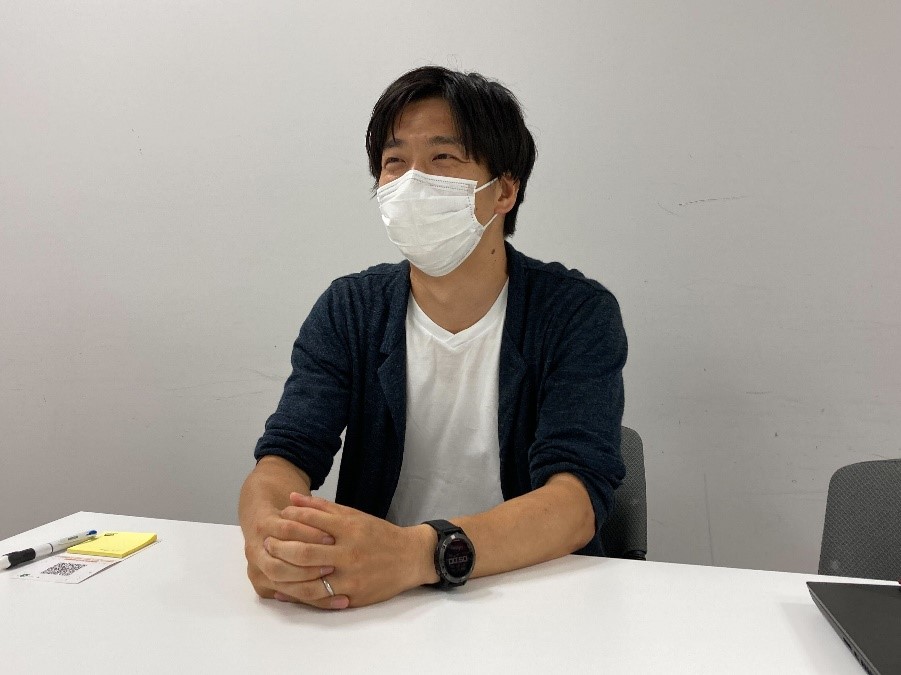
―――What do you rely on them for?
For example, when there’s a particular animation or character we need, I first explain it to the visual artists and programmers using simple drawings or text. They then get to work and the end result is something that’s better than what I initially thought up. Everyone can input new ideas and exercise their creativity, and every time I see that I think “BNS sure has a lot of talented people!” (Laughs)
―――You probably have to relay your thoughts to people who work in all kinds of professions. Do you change how you communicate depending on who you’re talking to?
That’s not something I pay too much attention to. Everyone has their own way of doing things, so maybe I communicate differently depending on who I talk to. If I’m talking to a visual artist who likes to put out their own ideas, I let them do that since it helps motivate them and we get good ideas at the same time. With people like that, I avoid being too specific with my instructions.
If the planners have an exact concept they want made, they have to give a proper explanation with a clear outline and examples similar to what they’re looking for. But I think many people in planning positions, including myself, change how we relay information depending on who they’re talking to.
―――I think many people put effort into relaying information given how important it is.
Speaking of effort, if a game is a sequel or based on an existing work or motif, we try to remind ourselves to look at the game from the perspective of a consumer or lover of that work when we make gameplay, content, or activities for that game.
For example, when I worked on Go Vacation, I was in charge of making the mountain resort area. I spent a lot of time back then identifying what is in a mountain resort, what makes it fun, and what I needed to make my work fun.
Instead of coming up with vague ideas using my imagination, I managed to identify personal experiences by doing things like actually going to a mountain resort to experience the atmosphere and take note of memorable sights, interesting things, or common situations that happen. When working on something with a real life equivalent, I make myself thoroughly like the thing, and then I try to relay the same experience through the game.
I came to enjoy hiking from working on the mountain area in Go Vacation, so you can say I got to live the experience while I made the game.
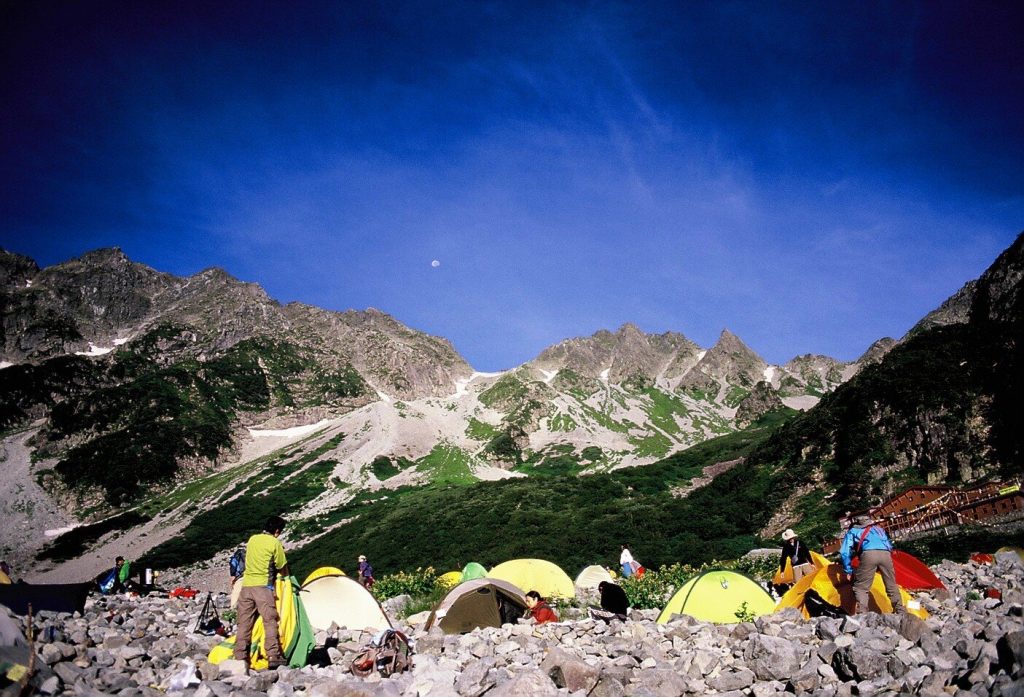
Karasawa in Nagano
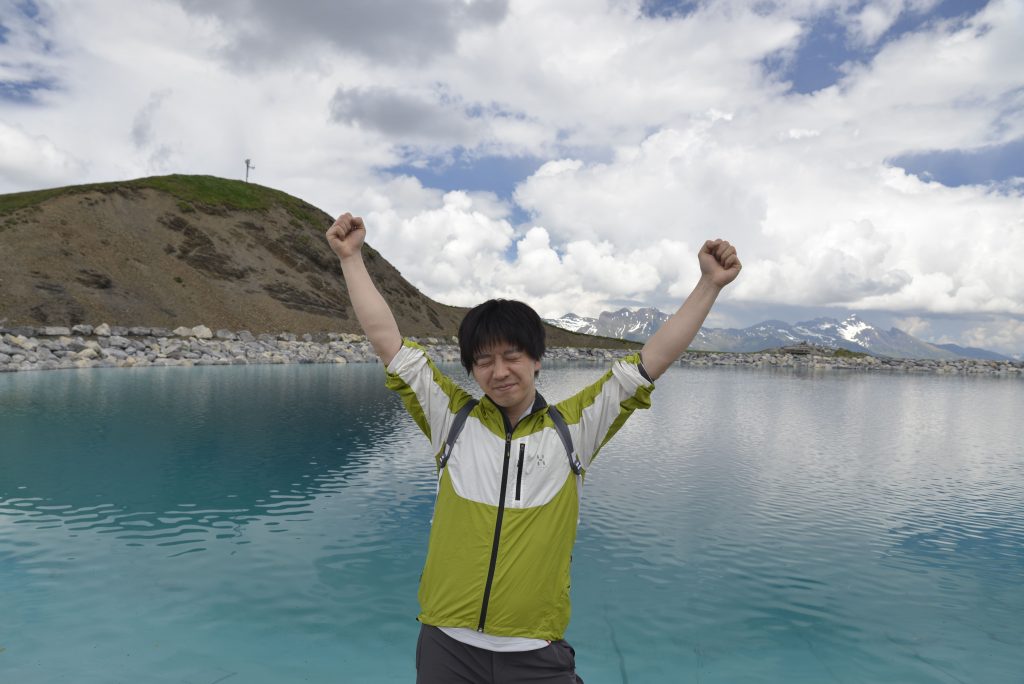
At the (Swiss) Alps
―――You’d have to be a pretty curious person to do this job, huh?
Yes, I think most of the planners I’ve met are curious people. Instead of hating something before even trying it, it’s better to try everything and become thoroughly immersed in the thing. Call it the “power of play”, but I think it’s important to experience and have fun with something so we can think about the core element of what it is that people find fun about the thing.
―――I guess that applies to all kinds of entertainment; people won’t remember what you made if you don’t put in elements that you think would make people enjoy your game.
Before Go Vacation, I worked on a similar game called Family Ski, where I was in charge of putting visitors on the field. Like if we put together a mustached dad character, a mom character, little kids, it would look like a family. Also, depending on the characters’ poses, where the characters are placed, etc., you can tell a story to the player. If you have an angry dad in a dangerous location, then you can build a small narrative where the dad got upset at his kids or something. We think up ideas for little details like that too.
―――Video games are works of fiction, so I’m sure there are imaginary gaps to fill when you try to translate your own experience into a game. How do you take care of these gaps? Is it better to go for a cartoony style, a realistic style? Both?
I think making anything and everything realistic is the wrong thing to do. Players can ride horses in the mountain resort, but horse riding is actually really hard. I only know because I tried, but in real life, you have to move your hips up and down together with the movement of the horse.
But requiring the same amount of skill from the player in-game will negatively affect the game’s draw of providing a carefree resort experience. When I develop games, I think about how to make the difficulty just right so everyone in the family can play it, convert that into the necessary game mechanics, and create an experience that replicates what people come to expect from going to a resort.
―――It can’t be too easy and it can’t be too hard, so it must be difficult to find the right balance.
Of course. We have a number of names for this proper assignment of difficulty; “game steps”, “level design”, etc. It might be a special characteristic of game development to create steps that any player can climb up to become better at the game, or to create difficulty jumps or spikes that core players will find enjoyable.
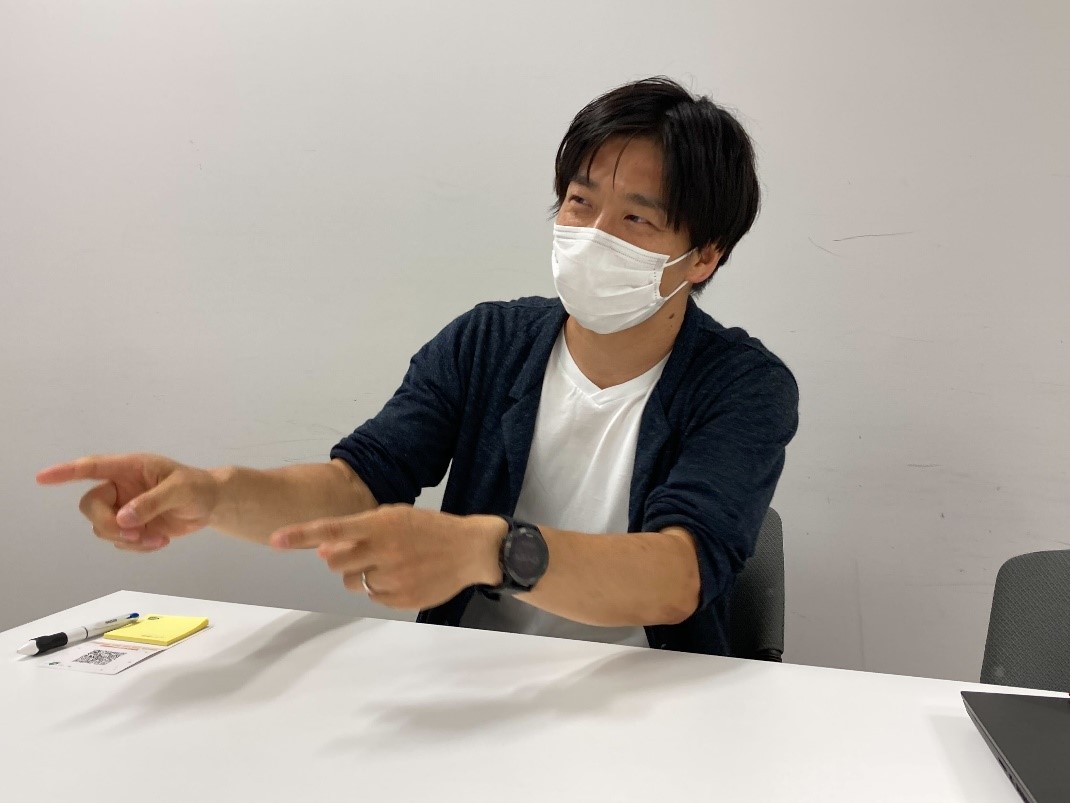
―――What do you look to for inspiration when you think of new things or ideas?
I try to experience as many things as I can. So when I find something interesting or popular, I try to actually go to the place or try out the thing.
I’ve recently gained an interest in marathons. Before, I was baffled at why people would run in marathons since running long distances was such a struggle. I saw many elderly people around me start running marathons, and that left me bewildered too.
I stopped moving around as much due to the COVID-19 pandemic; I gained weight and had less energy. So I tried running as a way to exercise and build my energy back up. This allowed me to set my own pace and now I’m completely addicted to marathons.
Running marathons is a sure way to get results; the more you run, the more you grow. I could barely run 10 km at first, but I quickly became able to run 11 km. I could run longer distances and spent less time running each kilometer. This is like a guaranteed version of the “game steps” I mentioned earlier. You see yourself grow the more you do it and you never get stuck, so this must be why people enjoy running marathons.
―――Are there other things you’d like to try or experiment with in the future?
I’d like to make an original game or create original content where I can tell deeper stories about characters.
I like fighting and action games, so maybe it’d be nice to make an action game of some kind. If I had to choose, I’d make a 3D action adventure game where you can fight in an open world (laughs). When I think of that, though, I start to think about the scale of the project and realize it’s not practical. So it’s best to just do my best from where I am right now. Of course, I’m still building the necessary trust, experience, and virtue for that… (laughs)
―――Do you have a guiding principle?
“God is in the details” is something I apply to game development.
Game planners and Directors are expected to relay the good and unique points of a game in an easily understood way using as few words as possible. On the other hand, interesting gameplay mechanics, systems, and beautiful art are all things supported by the pieces of technology working in the back, as well as the effort put into making and adjusting them.
For example, nobody would read a 200-word long company management statement. That’s why every company has a tag line that relays what the company is, or what they’re strong at, in a single phrase. Like how there are people who write these statements, planners must also shorten or condense the content they share with other people. The higher-ups often don’t have a lot of time, and they only have openings on their schedule for short meetings, so the ability to give summaries in a short period of time is key. Of course, this applies to how we say things, how we make our presentations, and how we write our proposals.
In reality, it’s not enough to just condense everything. It’s also important to be knowledgeable in many of the little things you don’t see, such as the technology or effort involved, the designs, and the ability to make adjustments. All of these things are important for condensing concepts or words when working on games.
There’s no need to communicate or show these little things, but I strongly feel that people who have a wide and deep knowledge of these things when working are often capable of creating emotional experiences for other people.
―――Thank you!





